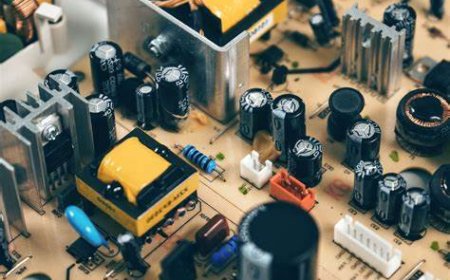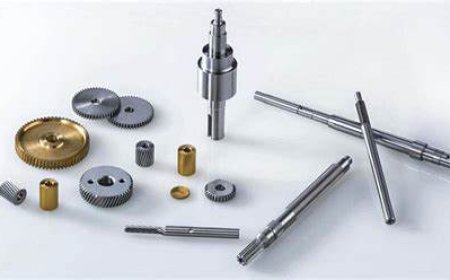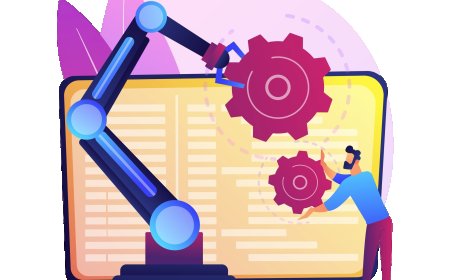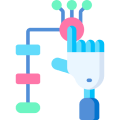- Use chromatography techniques in simulations to purify proteins, learning the key factors that affect efficiency and yield.
- Learn to interpret experimental data on protein structure, stability, and functional properties.
- Use interactive lessons to explore enzyme kinetics, reaction rates, and substrate interactions in a dynamic XR environment.
- Conduct virtual experiments to design proteins with specific characteristics, such as increased stability or altered activity.
- Study protein folding mechanisms and understand the impact of misfolding on biochemical functions and stability.
imaginX is used by many amazing schools and universities
University / College

























